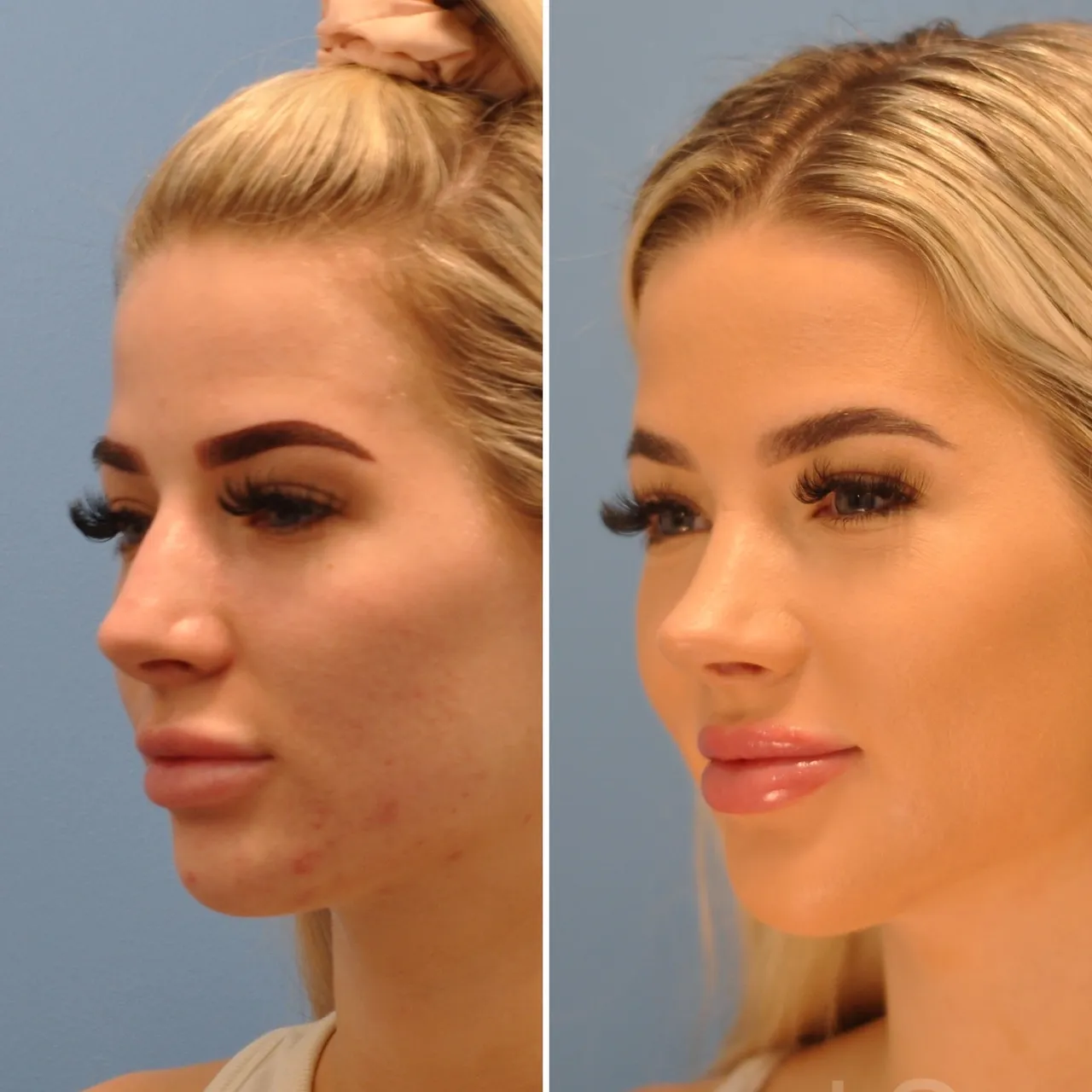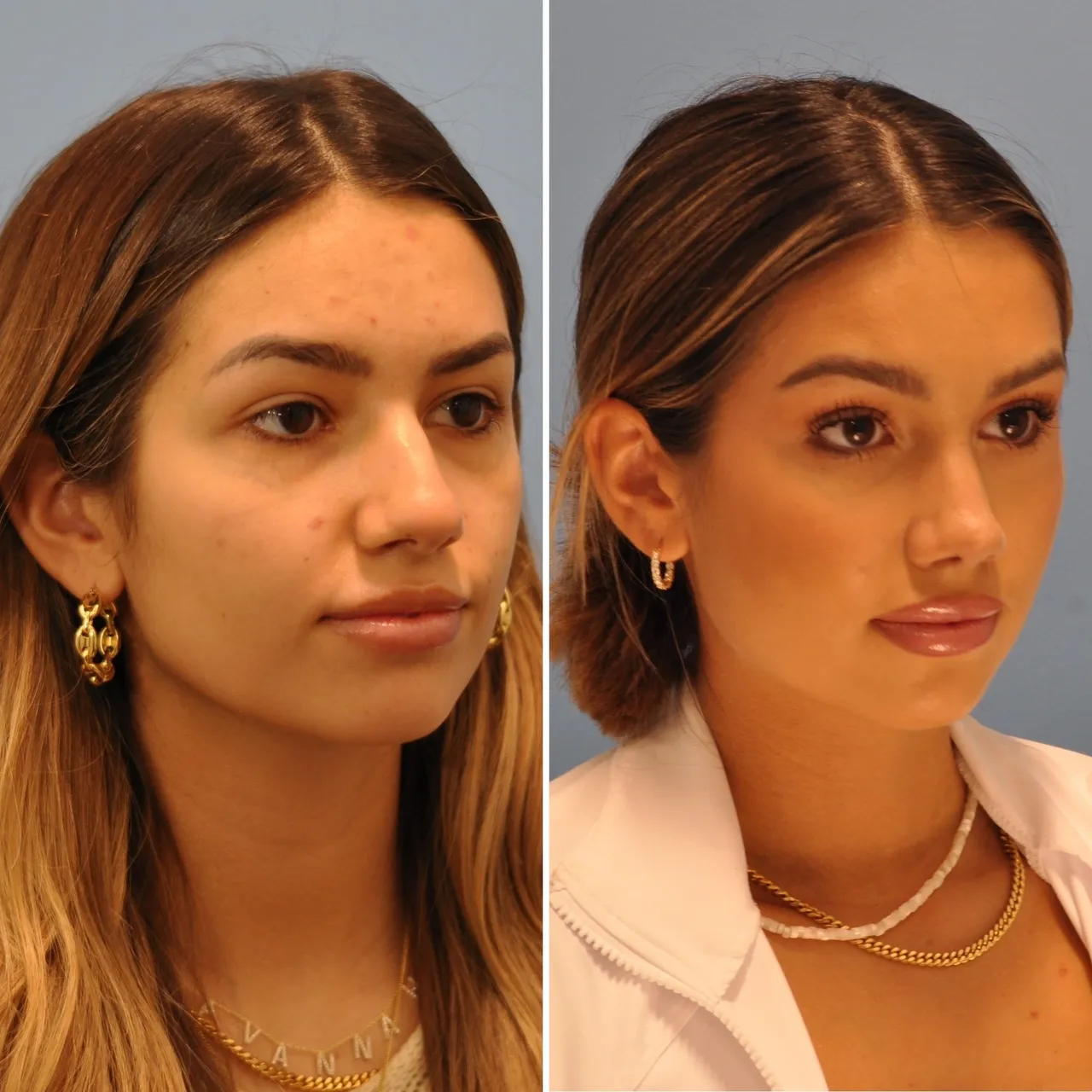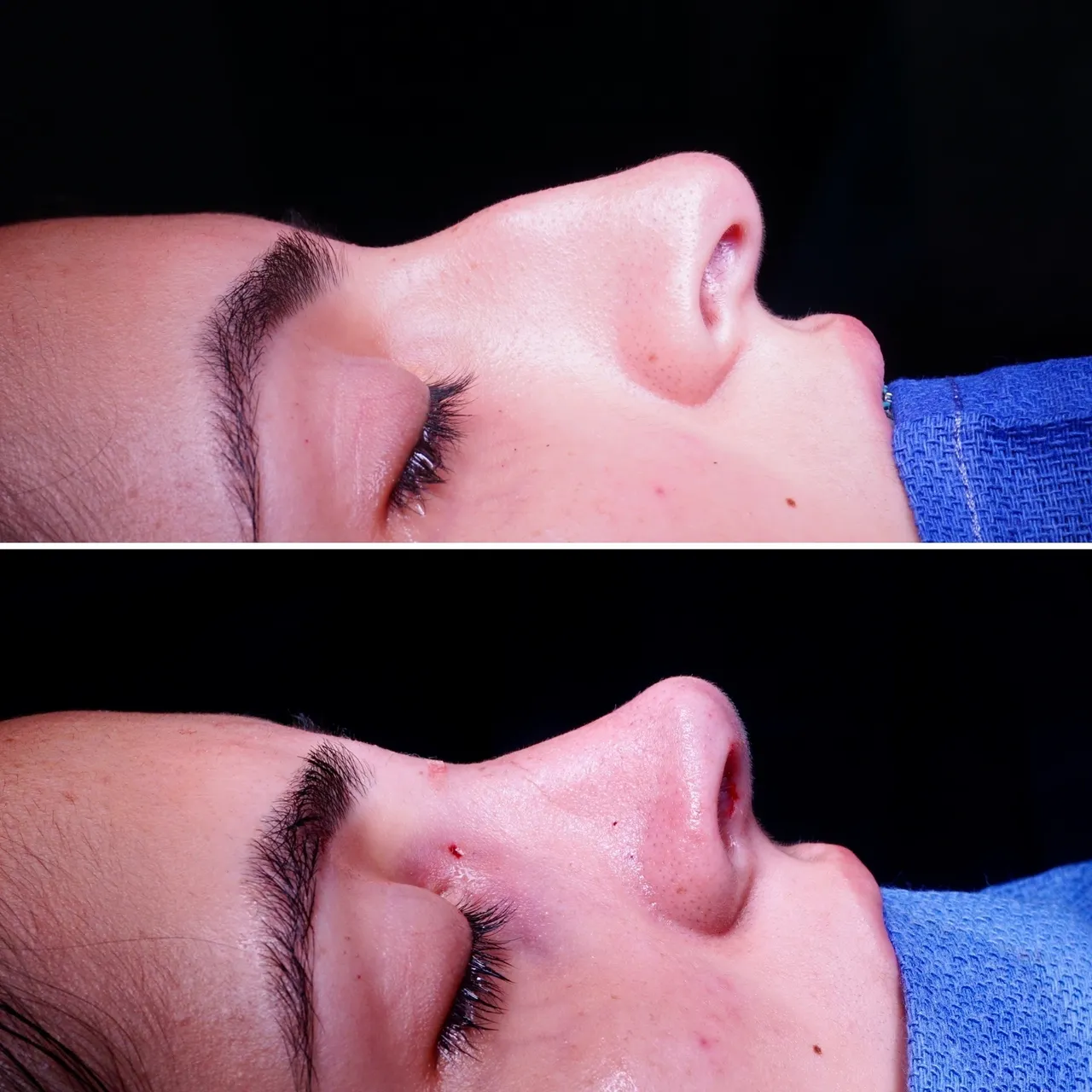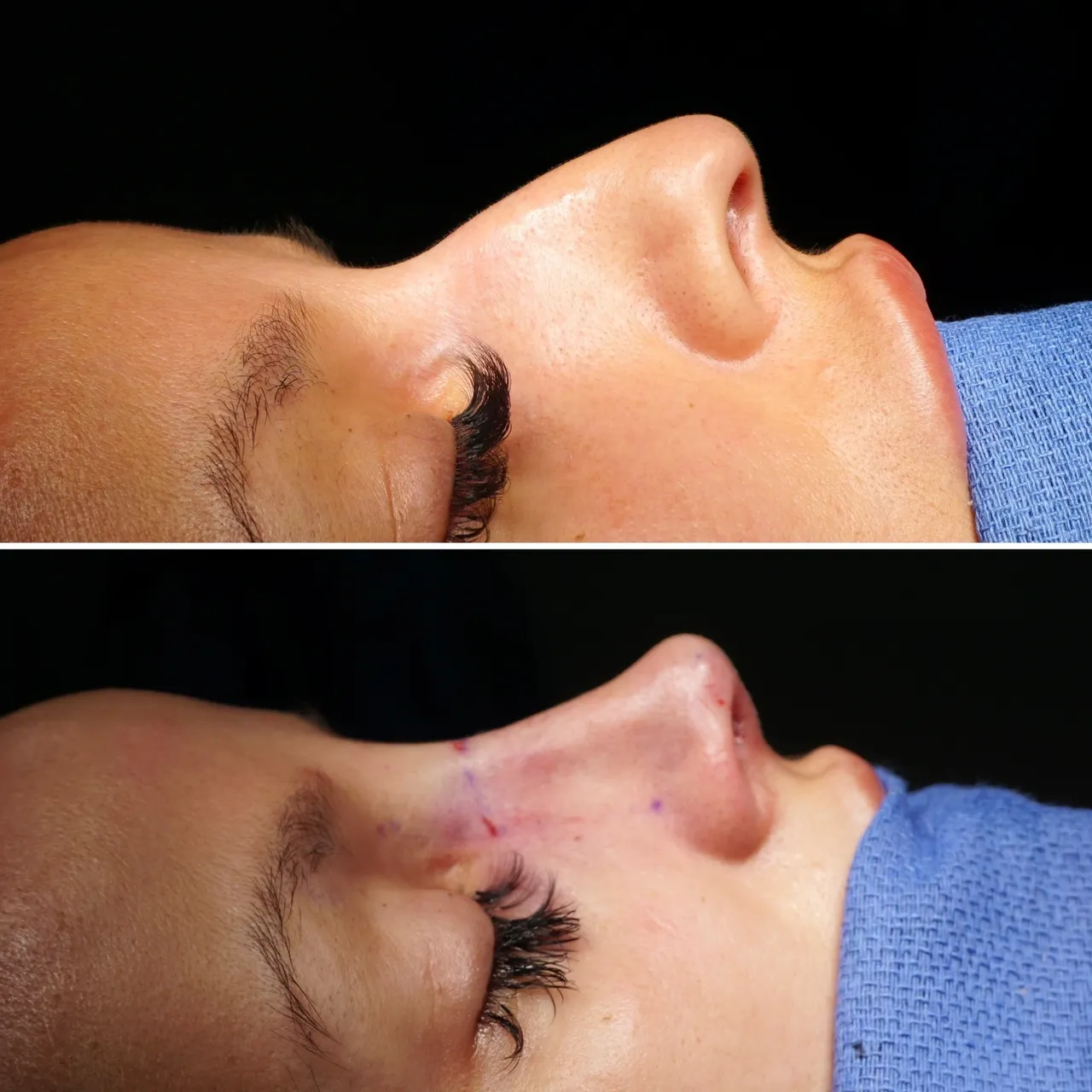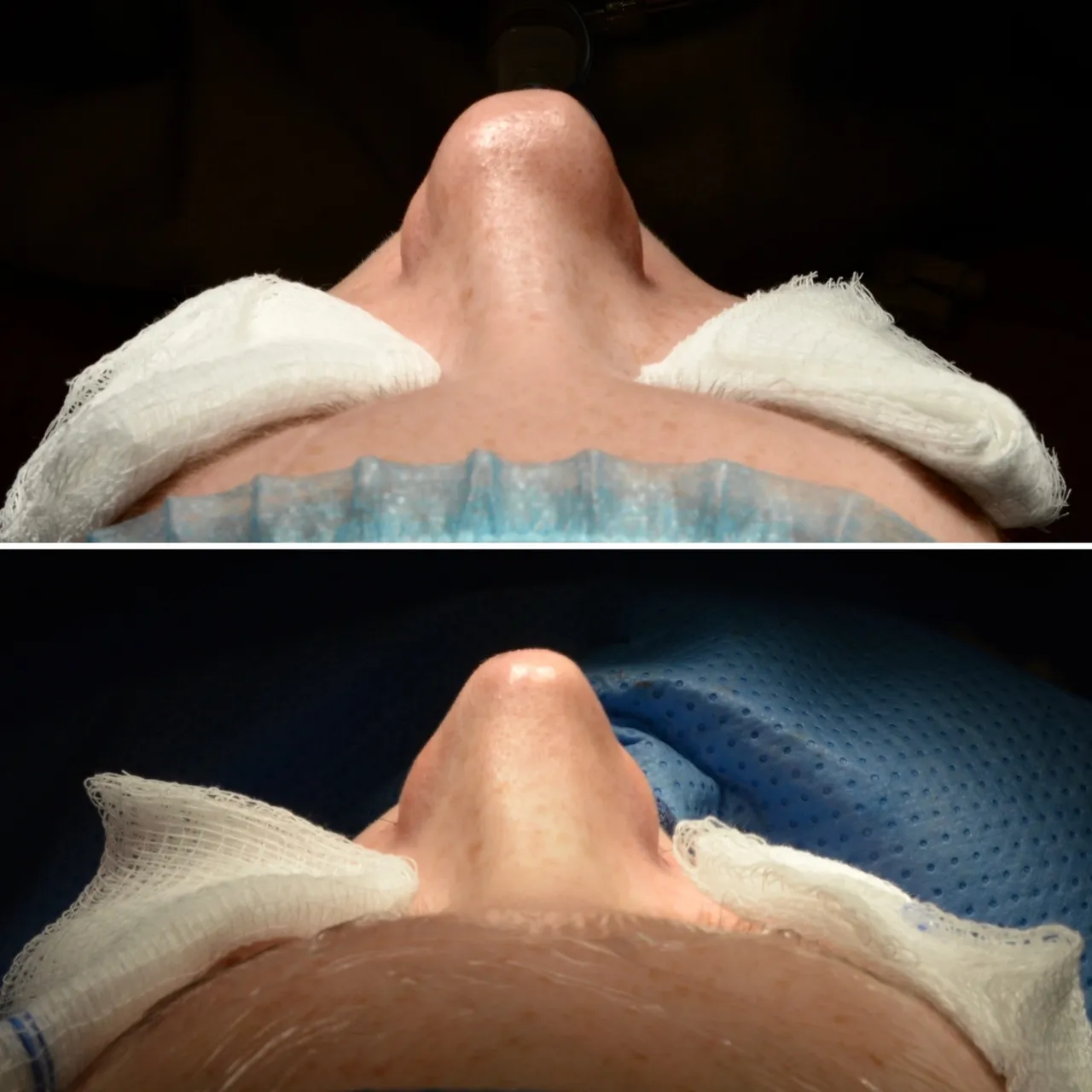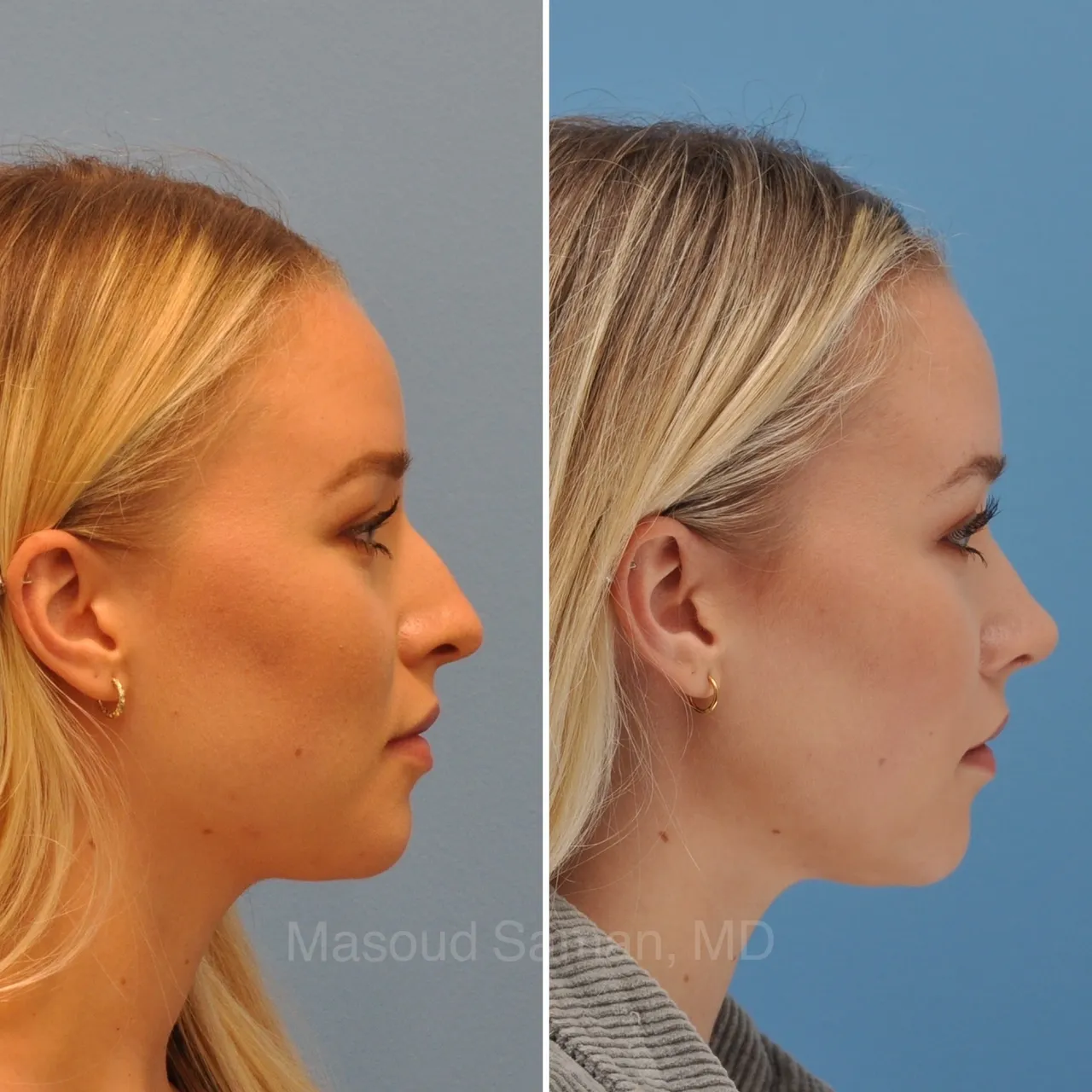Looking for preservation rhinoplasty in New York?
Introducing Preservation Rhinoplasty, a modern and innovative approach to nasal reshaping surgery. As an established facial plastic surgeon in New York, Dr. Masoud Saman has been at the forefront of this advancement, incorporating this technique into his practice to ensure minimal anatomic resection. This careful process that focuses primarily on the preservation of nasal tissues promises lasting results and a smoother recovery process.
Dr. Masoud Saman: The pioneer of preservation rhinoplasty in NYC
Recognized as an early adopter of Preservation Rhinoplasty in New York, Dr. Saman has a vast understanding and appreciation of the delicate balance of the nasal structure. His focus on maintaining the integrity of the nasal ligaments, soft tissues, and cartilages allows him to achieve desired results with reduced unpredictability.
Beyond his practice, Dr. Saman is committed to advancing the knowledge and proficiency in Preservation Rhinoplasty techniques globally. His dedication to his craft extends to teaching international surgeons through annual courses and observerships.
Ready for a change? Discover the benefits of a preservation nose job.

Advantages of preservation rhinoplasties
A preservation rhinoplasty procedure offers multiple benefits that make it an attractive option for many individuals seeking to improve their nose’s aesthetic and functional aspects. Some of the advantages include:
- Preservation of Natural Anatomy: The technique maintains the natural structure of the nasal framework, leading to results that are not just aesthetically pleasing but also in harmony with the rest of the face.
- Less Invasive Procedure: Preservation rhinoplasty often involves fewer incisions and less tissue disruption than traditional techniques, making it a less invasive procedure.
- Reduced Scarring: Since the preservation approach minimizes dissection, it leads to less post-surgical scarring both internally and externally.
- Faster Recovery: Due to less manipulation of the native nasal cartilages and bones, patients generally experience a faster and less painful recovery.
- Maintained Blood Supply: By minimizing dissections and preserving more tissues, the procedure ensures better preservation of the nose’s blood supply, which can facilitate quicker healing and reduce complications.
- Lower Risk of Post-Surgical Complications: Since preservation rhinoplasty is less invasive and preserves the majority of the nasal structure, it significantly reduces the risk of post-surgical complications.
- More Predictable Results: The approach provides more predictable outcomes, as it avoids unnecessary reconstruction and the potential unpredictability in healing associated with more invasive techniques.
- Suitability for a Wide Range of Cases: While preservation rhinoplasty may not be suitable for all cases, it can be an effective solution for a variety of nasal issues, including a dorsal hump, slight septal deviation, or cosmetic refinement of the nose shape.
Remember, a personal consultation with a board-certified plastic surgeon experienced in preservation rhinoplasty techniques, such as Dr. Saman, is the best way to understand how these advantages may apply to your specific situation.
Who are the ideal candidates for preservation rhinoplasty?
Ideal candidates for preservation rhinoplasty include:
- Individuals with a dorsal hump who wish for a reduction without altering the nose’s natural shape.
- Those with a slightly deviated septum who do not require extensive septal correction.
- People who want to refine the aesthetic appearance of their noses without drastic changes to their facial appearance.
Post-surgery care and recovery
After the surgical procedure, expect to spend the first few days after surgery in complete rest. The patient’s recovery speed can vary based on the exact technique used, the patient’s overall health, and the skill level of the surgeon. It’s a process only a handful of surgeons, like Dr. Saman, who have in-depth knowledge of the nose’s complex structure, can perform with mastery.
Realize your aesthetic dreams with preservation rhinoplasty New York
Ultrasonic Rhinoplasty: A New Horizon
In the hands of an experienced surgeon, the advent of ultrasonic rhinoplasty, which uses piezoelectric instruments, has made the procedure even more precise. It allows for a more accurate removal of the bony or cartilaginous hump, thereby preserving the cartilaginous push-down and ensuring efficient recovery.
Experience the transformation with preservation rhinoplasty in New York
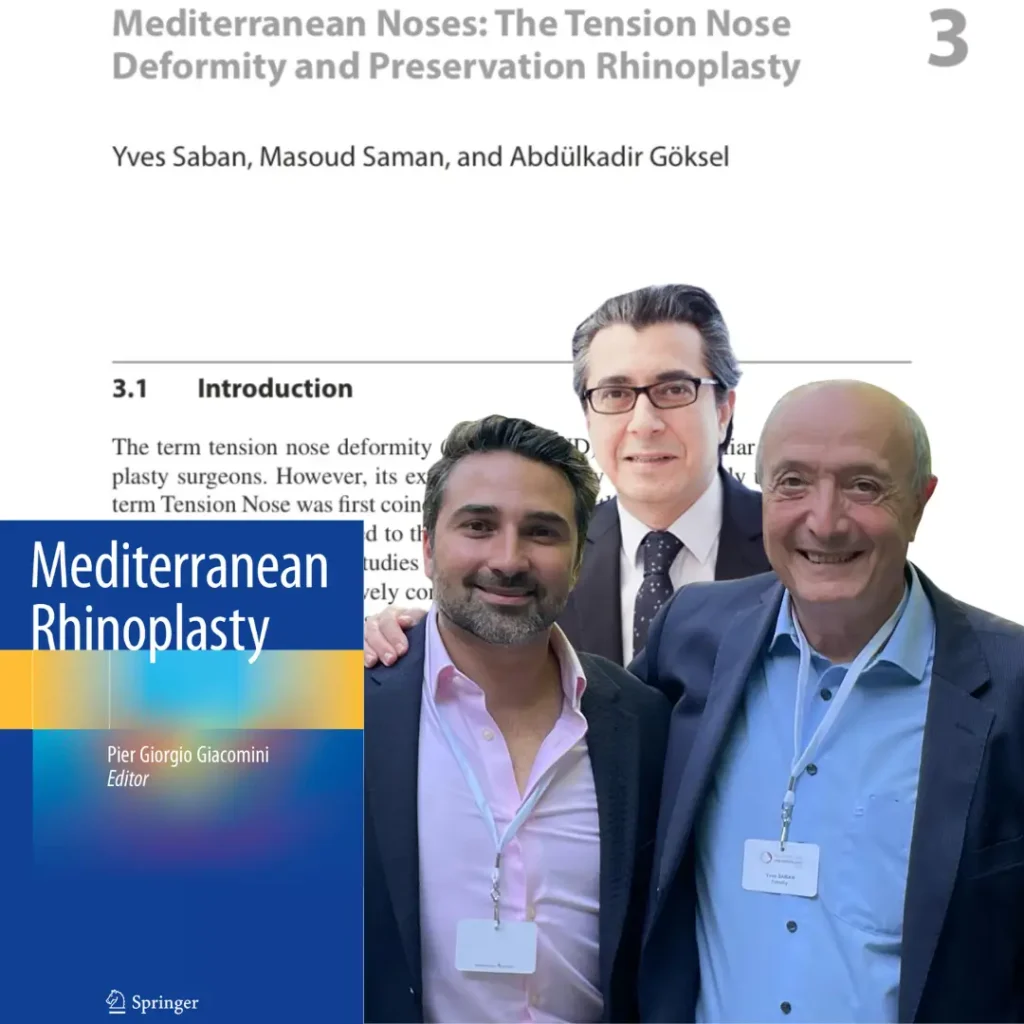
Preservation rhinoplasty and the teorhinoplasty technique
Dr. Saman is proficient in other innovative rhinoplasty techniques such as Teorhinoplasty, a technique developed by Dr. Teoman Dogan. The combination of these advanced techniques aims to deliver aesthetically pleasing results while minimizing the potential for complications.
Dr. Saman’s expertise has earned him recognition by Prof. Dogan, who officially designated him as the “USA Teorhinoplasty Expert.” This distinction highlights his mastery of the surgical technique and his commitment to achieving the best outcomes for his patients.
The structure of the nose and the preservation approach
The nose’s structure is a complex interplay of cartilaginous and bony elements, with the septum acting as a central pillar. The dorsal vault, made up of the nasal dorsum and septum, forms the nose’s bridge, which can sometimes present as a crooked nose due to septal deviation.
Preservation Rhinoplasty, especially dorsal preservation rhinoplasty, is a surgical approach where rhinoplasty surgeons strategically manipulate the nose structure while preserving the natural lines and bone structure. This approach is starkly different from traditional techniques that often involve septal resection and other forms of resection, leading to significant changes in the nose shape.
Preservation techniques help maintain the nose’s natural bone structure and aesthetic lines. For instance, in the case of a prominent dorsal hump, the dorsal reduction procedure involves carefully reducing the bony and cartilaginous structure without completely disassembling the nasal framework.
Learn More About preservation rhinoplasty
Preservation Rhinoplasty is a nuanced approach that maintains as much of the natural nasal anatomy as possible, reducing the need for extensive tissue resection or grafting. This is achieved by using specialized surgical techniques that cause minimal disruption to the nasal ligaments and soft tissue envelope. It aims to preserve the nasal bone and septum while carefully reducing any prominent dorsal humps or a bony hump.
This modern approach to nasal reshaping considers both the aesthetic and functional outcomes. Not only does it enhance the nose’s appearance, but it also considers the physiological aspects such as nasal airway function.
The Process of Preservation Rhinoplasty
During a Preservation Rhinoplasty procedure, Dr. Saman, a leading rhinoplasty surgeon, carefully assesses the nasal structure. This assessment includes the evaluation of the septum, lateral cartilages, and overall nasal dorsum. He then determines the appropriate reduction required to achieve the desired aesthetic result while preserving the soft tissue envelope and the nasal structure’s integrity.
Specifically, the preservation of the caudal septum and the maxillary crest during the surgical procedure is crucial for maintaining the nasal structure and preventing post-surgery complications.
Before embarking on a preservation rhinoplasty journey, it’s vital to prepare physically and mentally for the procedure. Here are some key principles:
- Adopt a Healthy Lifestyle: A healthy diet and regular physical activity can improve blood circulation and aid in a speedy recovery.
- Rest: Ensure you get plenty of rest before the surgery to keep your body in optimal condition.
- Follow Surgeon’s Advice: Your surgeon will provide guidelines on medications, alcohol, and tobacco use. Follow them strictly.
Looking for a less invasive nose job? Explore preservation rhinoplasty NYC
While both preservation and structural rhinoplasty aim to improve the aesthetic appearance of the nose, their methodologies differ. Here’s a quick comparison:
Preservation rhinoplasty
- Prioritizes preservation of the natural nasal structure.
- Offers efficient recovery due to minimal disruption of tissues.
- Less invasive with a reduced risk of post-surgical complications.
Structural rhinoplasty
- Can involve significant modifications to the nose’s structure.
- Longer recovery period due to more extensive surgical manipulation.
Potentially higher risk of post-surgical complications due to structural changes.
Preservation rhinoplasty is designed to be a permanent surgical procedure, with its results lasting a lifetime. This is one of the significant benefits of preservation rhinoplasty. The longevity of results depends on factors like the surgeon’s expertise, patient’s anatomy, and adherence to postoperative care.
Unlike traditional rhinoplasty, which involves surgical techniques like resection of dorsal humps and subsequent reconstruction, Preservation Rhinoplasty focuses on the preservation of the nose’s structural integrity. Traditional rhinoplasty may lead to unpredictability in the healing process due to the alteration of the nasal structure, including the septal cartilage and lateral cartilages. This can potentially result in undesirable outcomes such as the collapse of the nasal bridge, nasal valve issues, and unnatural dorsal lines.
Preservation rhinoplasty is a modern surgical technique that aims to reshape the nose with minimal dissection and resection of the nasal structures. Unlike traditional rhinoplasty, this approach respects the nose’s natural anatomy, resulting in reduced trauma, faster recovery, and more predictable results.
Preservation rhinoplasty offers multiple advantages over traditional rhinoplasty. It ensures less disruption of the nasal structure, fewer complications, and faster recovery. The approach also reduces the need for revision rhinoplasties, which can often be the case with traditional rhinoplasty.
While preservation rhinoplasty has numerous benefits, it also has a few limitations. For instance, it might not be suitable for all patients, particularly those requiring extensive nasal reshaping, septal resection, or those with severely bulbous nasal tips. The approach also demands in-depth knowledge and experience from the surgeon.
The primary difference lies in the surgical approach. Traditional rhinoplasty typically involves extensive dissection, osteotomies, and restructuring of the nose, while preservation rhinoplasty minimizes dissection, preserving as much of the original osseocartilaginous vault and nasal structure as possible.
Yes, but with caution. The nose, especially the nasal spine, can still be sensitive and prone to slight changes during this period. Avoid any forceful push or contact sports that might risk injury.
Preservation rhinoplasty involves precise alterations without disrupting the nasal cartilages extensively. Surgeons might use techniques such as dorsal preservation, septal cartilage resection, transverse osteotomies, or cartilage grafting, based on individual patient needs.
Protective gauze or “nasal tampons” are placed in the nostrils after rhinoplasty to absorb blood and mucus, support the newly reshaped nasal structure, and minimize postoperative swelling. Nasal saline can be used to keep the nasal passages moist during recovery.
The latest technique in rhinoplasty surgery is preservation rhinoplasty. This innovative approach focuses on maintaining the natural nasal structure as much as possible, using specialized tools and precise alterations to achieve desired cosmetic and functional outcomes.
Revision rhinoplasty is often considered the most challenging type of rhinoplasty. It involves correcting issues from a primary rhinoplasty, requiring an experienced surgeon to navigate scar tissue, altered anatomy, and often, patient expectations.
Yes, preservation rhinoplasty is designed to deliver permanent results. By respecting and maintaining the natural anatomy of the nose, including the quadrangular cartilage and the alar cartilages, the outcomes are meant to last a lifetime.
Rhinoplasty has a high success rate, with a recent study suggesting that up to 85-90% of patients report satisfaction with their results. However, success depends on several factors, including the surgeon’s skill, patient’s anatomy, and post-surgical care. Remember that each patient’s experience is unique.
